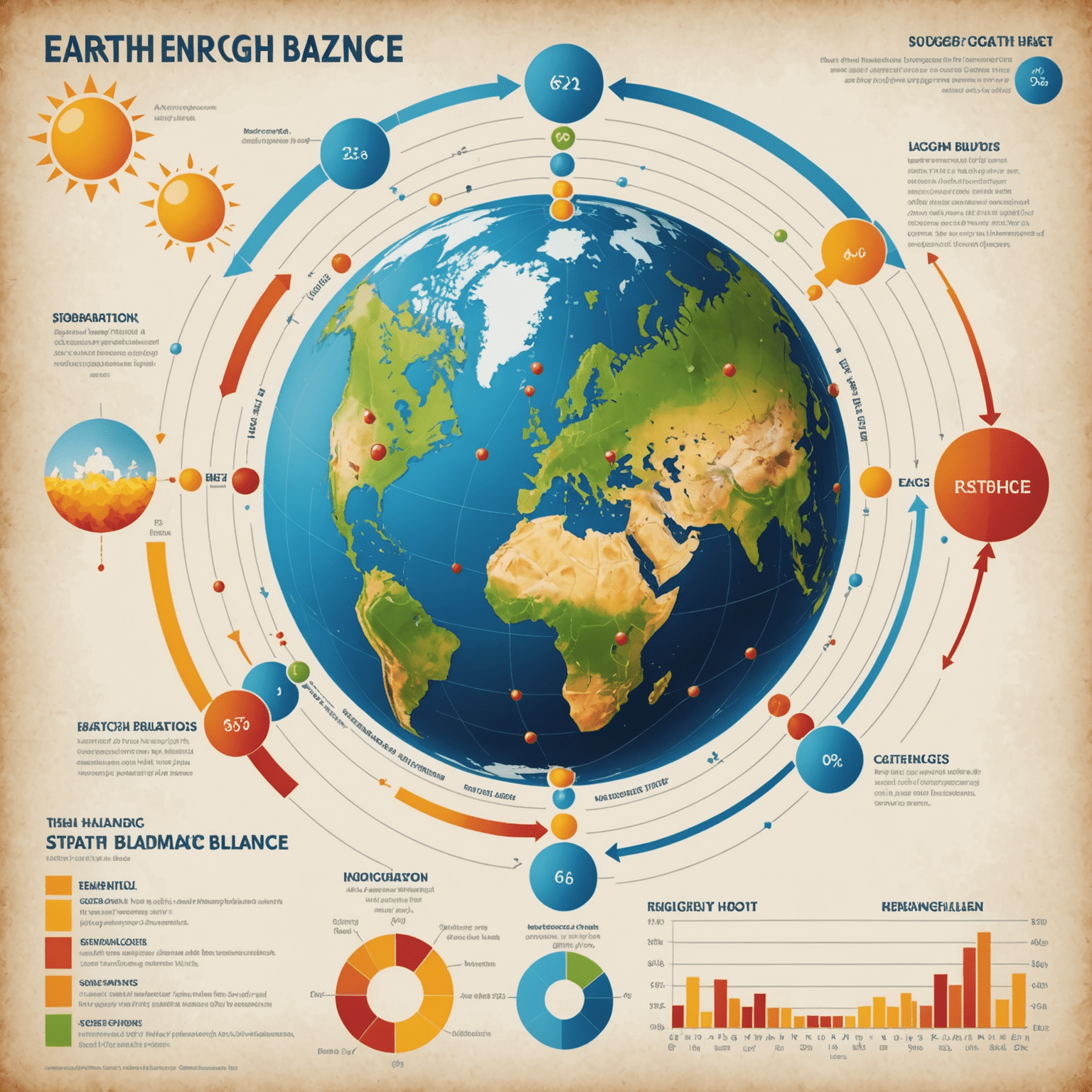Atmospheric Nitrogen: The Invisible Shield

Uncover the protective properties of nitrogen in our atmosphere and its impact on climate regulation.
The Nitrogen Blanket
Nitrogen, comprising approximately 78% of Earth's atmosphere, plays a crucial yet often overlooked role in maintaining our planet's delicate balance. This invisible shield serves multiple functions that are essential for life as we know it.
Protection from Cosmic Radiation
One of nitrogen's most vital functions is its ability to absorb harmful cosmic radiation. As high-energy particles from space enter our atmosphere, they collide with nitrogen molecules, dissipating their energy before reaching the Earth's surface. This natural barrier significantly reduces the amount of potentially damaging radiation that reaches living organisms.
Temperature Regulation
Atmospheric nitrogen acts as a thermal regulator, helping to maintain Earth's temperature within a habitable range. Its presence moderates the greenhouse effect, preventing extreme temperature fluctuations that would otherwise occur. This stability is crucial for supporting diverse ecosystems and maintaining global climate patterns.

Ozone Layer Support
While not directly part of the ozone layer, nitrogen compounds in the upper atmosphere play a supporting role in ozone chemistry. They participate in reactions that help maintain the ozone layer's integrity, further protecting life on Earth from harmful ultraviolet radiation.
Climate Implications
Understanding the role of atmospheric nitrogen is crucial in the context of climate change. As we grapple with increasing greenhouse gas emissions, the stability provided by nitrogen becomes even more critical. It acts as a buffer against rapid climate shifts, giving ecosystems time to adapt to changing conditions.
However, human activities are altering the natural nitrogen cycle. Excessive use of nitrogen-based fertilizers and burning of fossil fuels release reactive nitrogen compounds into the atmosphere. This can lead to various environmental issues, including acid rain and the formation of harmful ground-level ozone.
The Delicate Balance
Maintaining the balance of atmospheric nitrogen is essential for the health of our planet. As we continue to study and understand its role, we can develop better strategies for managing human impacts on the nitrogen cycle and preserving the protective qualities of our atmosphere.
"Nitrogen in our atmosphere is like a silent guardian, shielding us from cosmic threats and regulating our planet's vital signs."
Looking to the Future
As we face global environmental challenges, the study of atmospheric nitrogen becomes increasingly important. By understanding its protective properties and its role in climate regulation, we can work towards sustainable practices that preserve this invisible shield for future generations.
Continued research into the nitrogen cycle and its atmospheric interactions will be crucial in developing strategies to mitigate climate change and maintain the delicate balance of our planet's ecosystems. As we uncover more about this essential element, we gain valuable insights into the intricate workings of our atmosphere and its impact on life on Earth.
Explore Further
- The Nitrogen Cycle in Ecosystems
- Nitrogen Fixation in Agriculture
- Atmospheric Chemistry and Climate Change
- Biogeochemical Cycles and Earth Systems